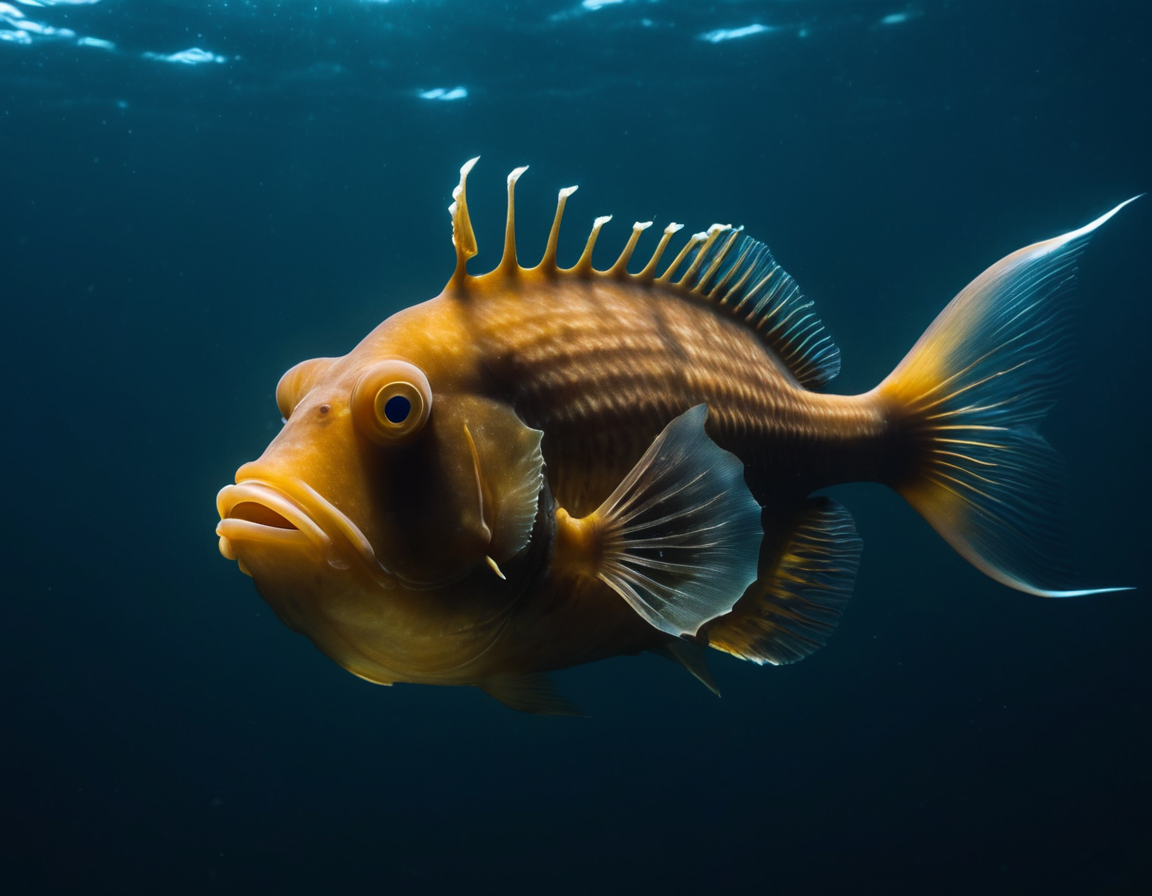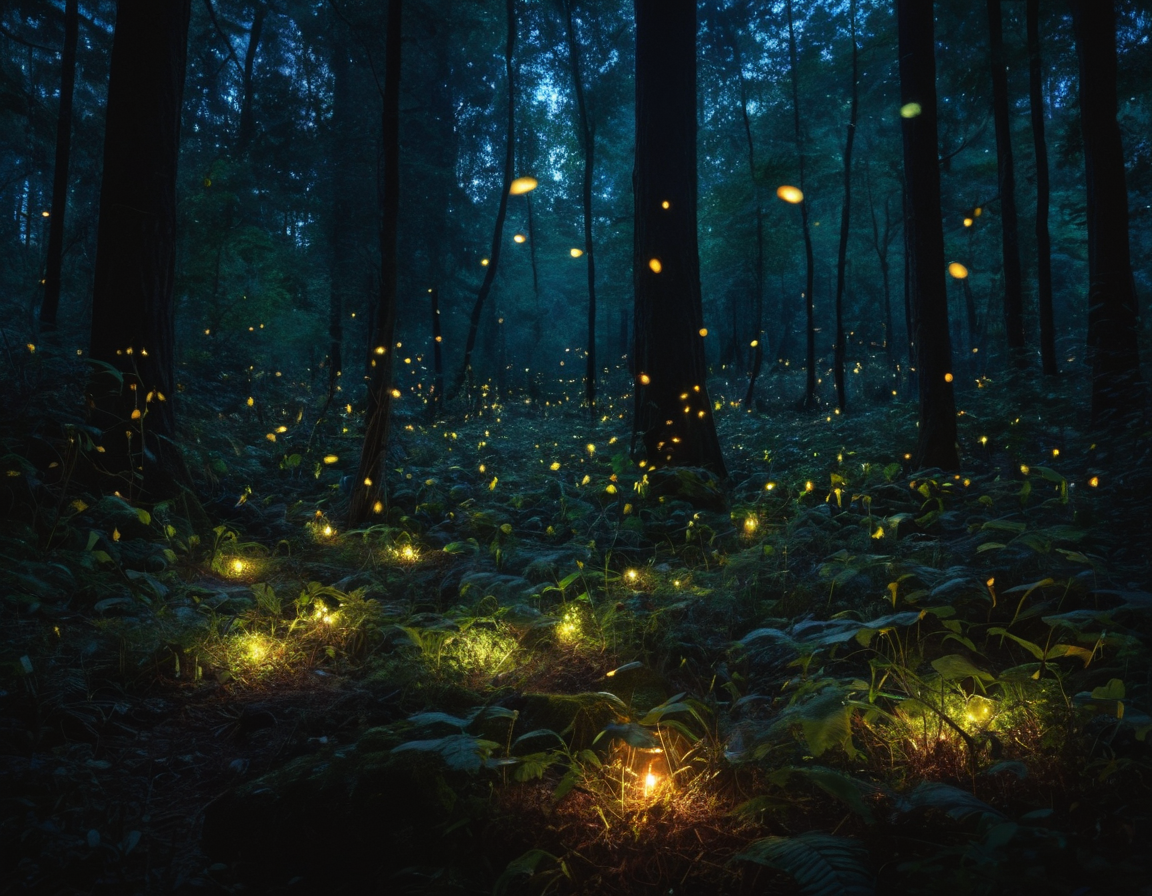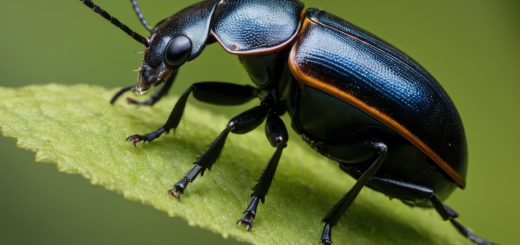The Fascinating World of Bioluminescence: An Enlightening Journey into Nature’s Living Lights
Unveiling the Glow of Life: Bioluminescence
The phenomenon of bioluminescence has captivated humans for ages, creating a magical landscape in both marine and terrestrial ecosystems. But what really is bioluminescence, and how do certain organisms use this extraordinary ability to light up the darkness? This post will guide you through the luminous world of bioluminescent creatures, exploring the science behind the spectacle, its ecological importance, and its applications in modern science.
What is Bioluminescence?
Bioluminescence is the production and emission of light by a living organism, a result of a chemical reaction that involves the molecule luciferin and the enzyme luciferase. The light produced by these organisms ranges in color from green to blue to red and has various functions such as communication, predation, and camouflage.

The Marine Light Show: Bioluminescence in the Ocean
Marine environments are the most common theaters for the bioluminescent spectacle. Deep-sea creatures such as the anglerfish use their glowing lure to attract prey, while others, like the tiny dinoflagellates, illuminate the surface of the water with their blue glow, especially when disturbed by movement.
Fireflies: The Blinking Beacons of the Night
On land, fireflies are among the most well-known bioluminescent species, using their light patterns to attract mates and communicate. This section of the post will dive into the secret lives of fireflies and the conservation efforts to protect these insects, as their populations face threats from habitat loss and light pollution.

The Role of Bioluminescence in Ecology
Bioluminescence plays a pivotal role in ecological interactions. For some species, it’s about survival through predator avoidance, while for others, it’s a hunting strategy. Here, we will discuss various ecological functions and how bioluminescence fits into the larger picture of biodiversity and ecosystem dynamics.
Bioluminescence in Research and Technology
The phenomenon of bioluminescence isn’t just a wondrous spectacle; it’s also a powerful tool in scientific research. This section will highlight how bioluminescent proteins are used in medical diagnostics, drug development, and environmental monitoring, showcasing the practical applications of nature’s ingenious design.

Experience the Glow: Where to Witness Bioluminescence
For those yearning to experience the natural wonder of bioluminescence first-hand, we will provide a guide to some of the world’s best spots to see these living lights in action. From the shores of Puerto Rico’s Mosquito Bay to the glow-worm caves of New Zealand, there’s a bioluminescent adventure waiting for everyone.
Conclusion
Bioluminescence is more than just a stunning natural occurrence; it’s a fascinating area of study with far-reaching implications for our understanding of life on Earth and beyond. As we continue to explore the depths of our oceans and the secrets of our forests, the light produced by these creatures serves as a beacon, guiding our curiosity and igniting our imagination.
Are you ready to dive into the radiant world of bioluminescence? Share your thoughts and experiences with us in the comments below, and don’t forget to follow our journey into the amazing natural phenomena that our planet has to offer!






